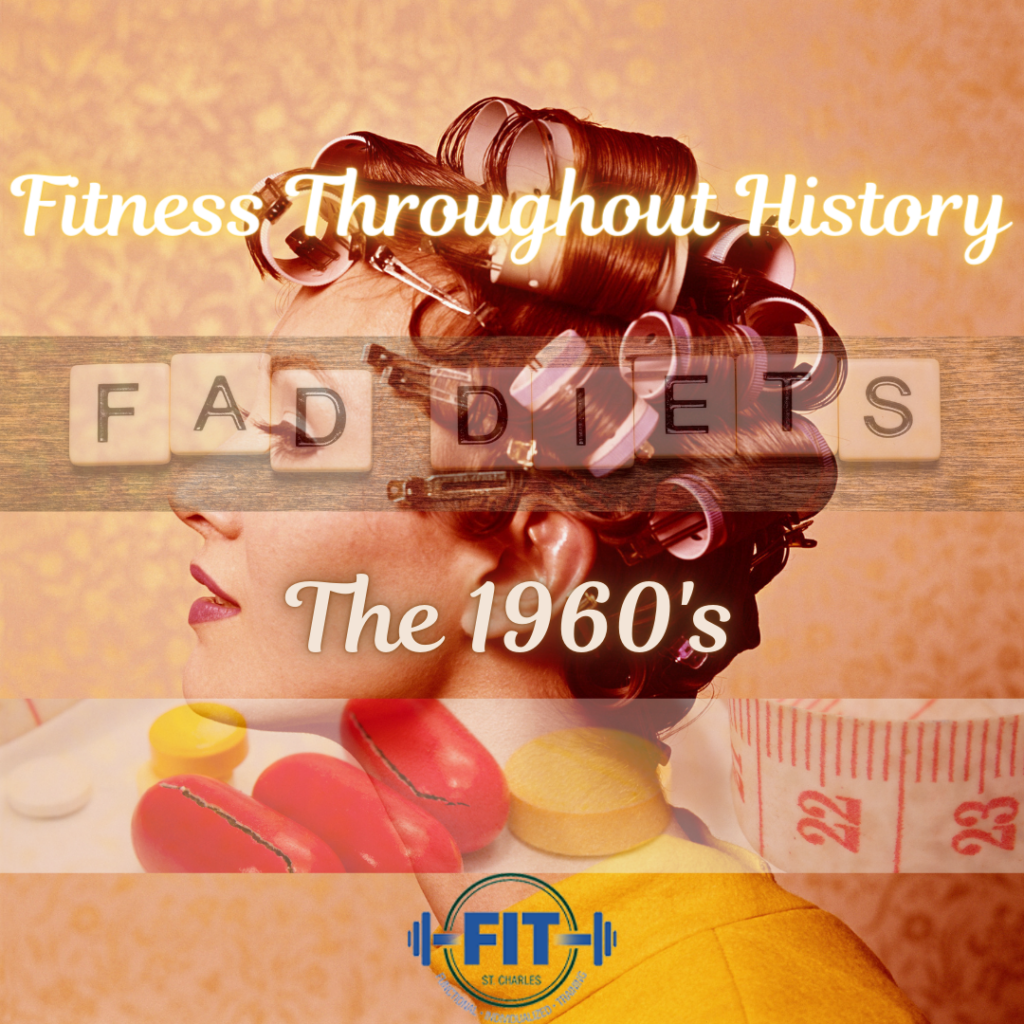
Let’s talk about fitness in the 1960’s!
President John F. Kennedy, inaugurated January 20th, 1961, continued what Eisenhower started in the 1950’s, leading the White House and the American people into a different era of fitness in the United States. Kennedy spoke openly about the need for American citizens to improve their fitness levels, quoted saying “we are under exercised as a nation”. He furthered programs such as the President’s Council on Physical Fitness, and advocated for the government to grant greater funding to national efforts to improve the fitness of youth and nation as a whole. His commitment to fitness can be summed up by this poignant quote- “Physical fitness is the basis for all other forms of exercise”.
In the same decade, we had “The Father of Modern Fitness”, Dr. Kenneth H. Cooper (a former Air Force lieutenant colonel), who is credited with shifting focus on health and fitness from a disease treatment to a way to prevent disease. He used data from thousands of people as a foundation for his 1968 book “Aerobics” which was one of the first of its kind to include the idea of increasing your VO2Max as a way to reduce blood pressure and increase oxygen flow via exercise. Cooper published 18 books throughout his career with a total of 30 million copies sold, which have been translated into 41 languages. Cooper encouraged millions to become active and helped to launch modern fitness culture.
However, there was still a large amount of the American population that continued to be interested in nothing but weight loss, thus fad diets remained popular. Here’s a few that were popular at the time:
- The Drinking Man’s Diet. This one is about as insane as you might think. It encouraged dieters to cut carbs, HOWEVER, it also encouraged people to drink literally as much as they wanted, as long as their drink of choice was low carb. Since beer, some wines, and mixed drinks all tend to have higher amounts of carbs, that meant that the dieter could drink whatever liquor in whatever quantities that they wanted. As the name suggests, it was more popular among men (although it never became as popular as the others listed, thank goodness). We can all imagine how devastating this would be long-term.
- Diet pills, especially stimulant diet pills. While not all diet pills contained amphetamines, a popular one- Obetrol, did. In fact, it contained the following completely terrifying list of ingredients:
-2.5 mg methamphetamine saccharate
– 2.5 mg methamphetamine hydrochloride
-2.5 mg racemic amphetamine sulfate
– 2.5 mg dextroamphetamine sulfate
Obetrol was the recreational drug of choice for artist Andy Warhol. It came in both this formula (10 mg) or twice this amount in 20 mg. Diet pills containing amphetamines were readily available, as a prescription was relatively easy to obtain as they were considered obesity medications, and were not used to treat ADHD. They were meant to completely dampen the appetite, and often used in conjunction with fad diets. They gained popularity in the US (and were abused), and are said to have contributed to the nation-wide epidemic to this day.
3. Grapefruit diet. This one has been popular on and off since the 1940’s, but saw a resurgence in the late 1960’s. Basically, you eat grapefruit, black coffee, and small amounts of salad and lean meat. It was very calorie and nutrient deficient, and was suggested for anywhere between 7-21 days.
4. Liquid diets. Some of the first powder supplements were made and became popular in the 1960’s as an alternative to eating solid meals. These diets did not provide the amount of nutrients the body needed to survive, plus they were boring, so they did not lead to long term success.
And then came Weight Watchers. Weight Watchers was very different at the time because in addition to diet advice, they also provided a support structure and a sense of community for members. Although it is not the most ideal option for everyone, in comparison to the other alternative fads, it was much more reasonable and provided more support, and had a higher level of success. And at least Weight Watchers wasn’t doling out amphetamines.
Overall, the 1960’s saw some strides forward for the furthering of programs implemented by the US government, but some strides backward in the culture surrounding diets and diet pills. Fortunately, many of the pills that were used in the 1960’s (and before and after until the 70’s) are now out of production or were taken off of the shelves by the FDA. And even though we still see fad diets today, the overarching consensus has shifted to a more well rounded, nutrient rich diet instead!
